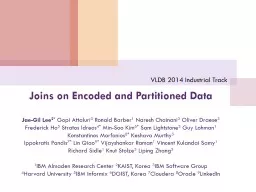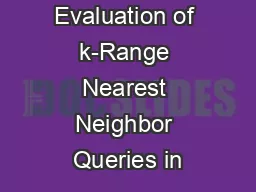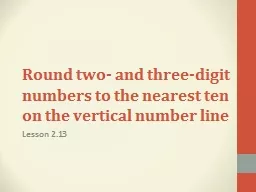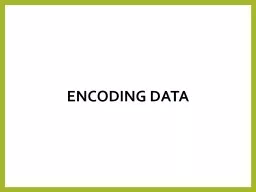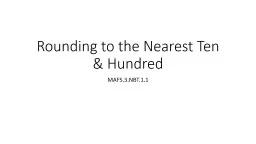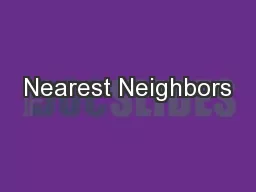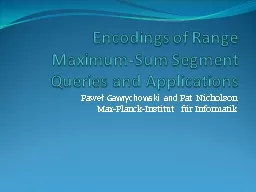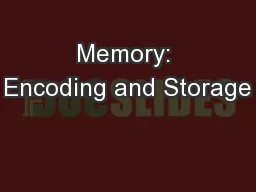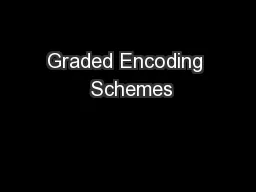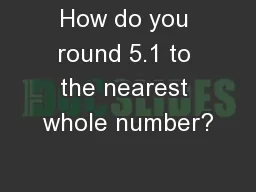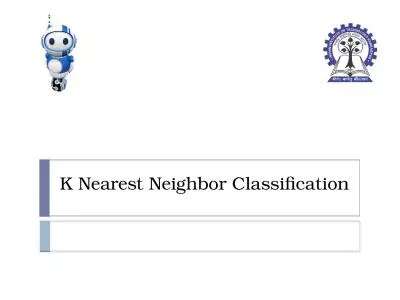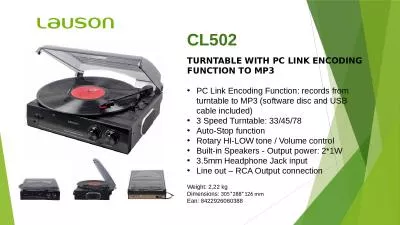PPT-Encoding Nearest Larger Values
Author : lindy-dunigan | Published Date : 2016-07-22
Pat Nicholson and Rajeev Raman MPII University of Leicester Input Data Relatively Big déjà vu The Encoding Approach déjà vu The Encoding Approach Input Data
Presentation Embed Code
Download Presentation
Download Presentation The PPT/PDF document "Encoding Nearest Larger Values" is the property of its rightful owner. Permission is granted to download and print the materials on this website for personal, non-commercial use only, and to display it on your personal computer provided you do not modify the materials and that you retain all copyright notices contained in the materials. By downloading content from our website, you accept the terms of this agreement.
Encoding Nearest Larger Values: Transcript
Download Rules Of Document
"Encoding Nearest Larger Values"The content belongs to its owner. You may download and print it for personal use, without modification, and keep all copyright notices. By downloading, you agree to these terms.
Related Documents


